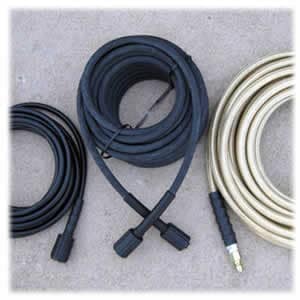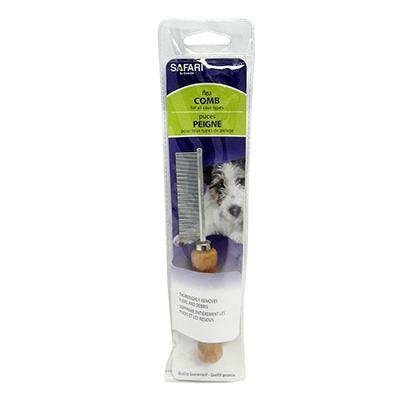 I had always wanted the biggest rototiller I could get. I still don't have it, and now you couldn't give me one. I did, however, buy myself a chipper/shredder for Mother's Day one year. What makes gardener's spring for these big-ticket items? What are the alternatives to buying?
I had always wanted the biggest rototiller I could get. I still don't have it, and now you couldn't give me one. I did, however, buy myself a chipper/shredder for Mother's Day one year. What makes gardener's spring for these big-ticket items? What are the alternatives to buying? For me the rototiller became a non-necessity when I changed gardening styles. By forming raised beds, I eliminated the need for a tiller,
the soil stays soft, and is easy to turn with a spade in the spring. In fact, a tiller would make more work by tearing up the beds. But the shredder was different. Lots of barnyard critters, weeds, and pine cones add up to lots of waste that requires managing on a regular basis. The shredder makes quick work of turning mountains into molehills.
When considering adding tools to your gardening ensemble, take a hard look at how often you will use a new piece of equipment. If, like that heavy-duty rototiller, it will only see action a couple of times a year, think about renting one only when you need it. It is less convenient to pick it up, lug it home, and return it after use. But think about the perks. There are no maintenance costs, no storage, no parting with the purchase price, and you still save money. For example, a tiller, with a five-year warranty, sells for around $800. A similar machine rents for $40 an hour. You can rent that machine once a year for twenty years, or twice a year for ten years, before you spend the amount it would cost to buy it. Other "occasional-use" equipment you might consider renting include the chipper/shredder, hedge trimmers, and leaf blower.
Neighborly cooperation can go a long way to saving money as well. Get a nearby gardening friend or two to share your rental. Most rental companies charge just as much for the half-hour it takes to drive the machine home as they do for the time it is in use. By splitting the expense with others, you cut down on wasted rental time.


 You can extend the life of any wooden handle the day you buy it. Use fine sandpaper to remove the finish. With your bare hands or a soft rag, generously rub the handle with boiled linseed oil. The warmth from your hands will help work in the oil, or leave a rag-oiled handle in the sun to warm the oil into the wood. Tung oil or vegetable oils such as olive or safflower oils also make good preservatives. The result is a smooth, water-resistant finish. Replenish with another rub whenever the wood begins to lose its satin feel.
You can extend the life of any wooden handle the day you buy it. Use fine sandpaper to remove the finish. With your bare hands or a soft rag, generously rub the handle with boiled linseed oil. The warmth from your hands will help work in the oil, or leave a rag-oiled handle in the sun to warm the oil into the wood. Tung oil or vegetable oils such as olive or safflower oils also make good preservatives. The result is a smooth, water-resistant finish. Replenish with another rub whenever the wood begins to lose its satin feel.